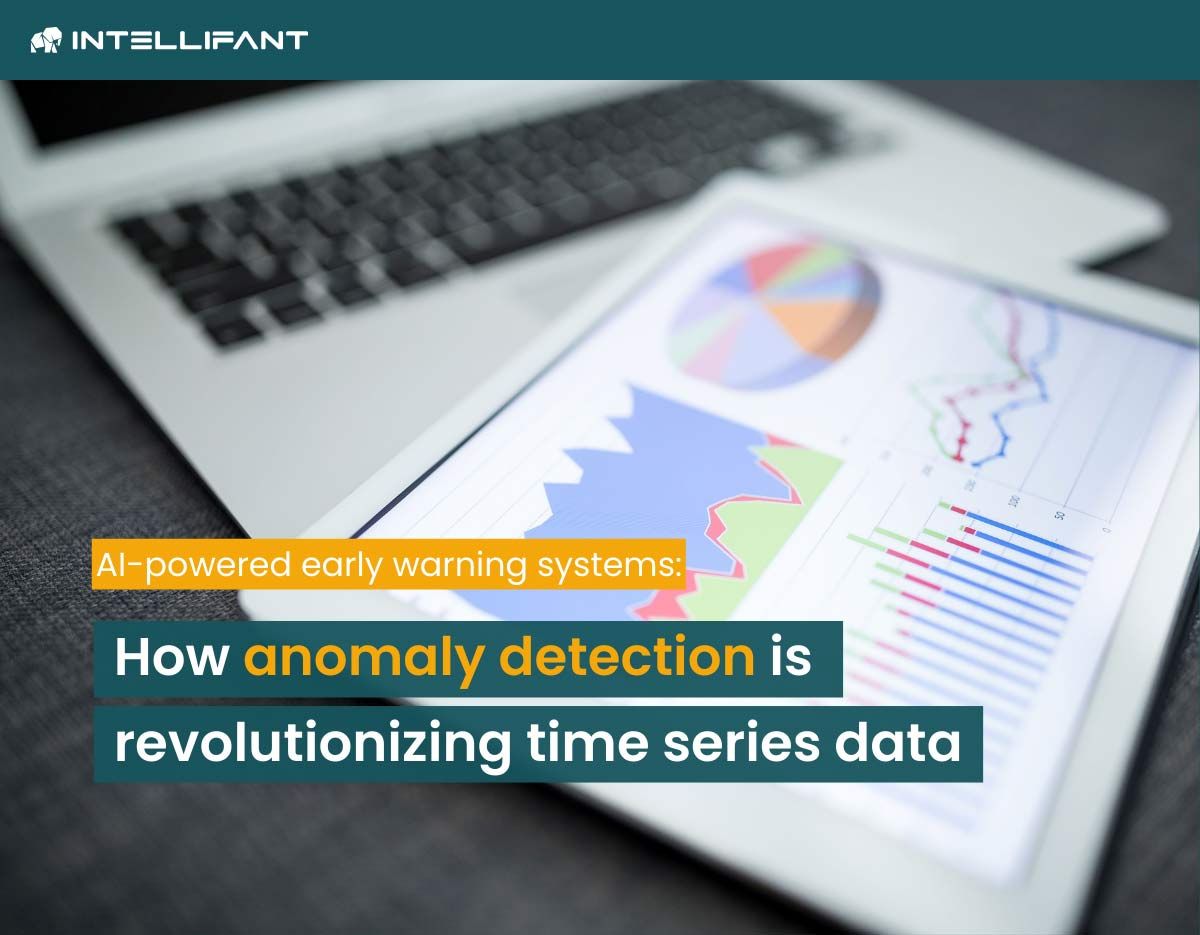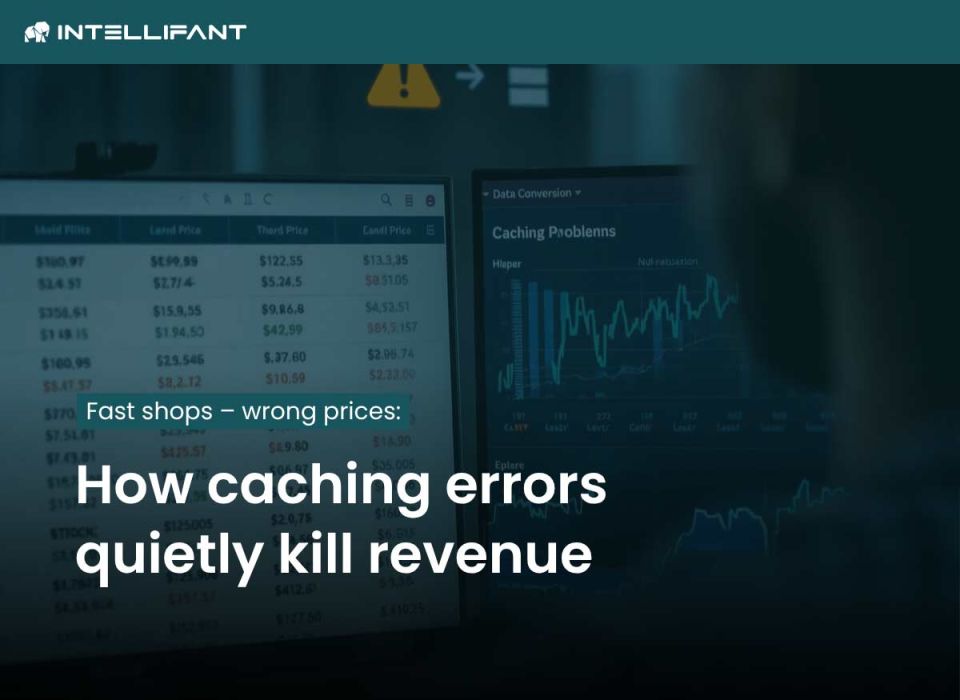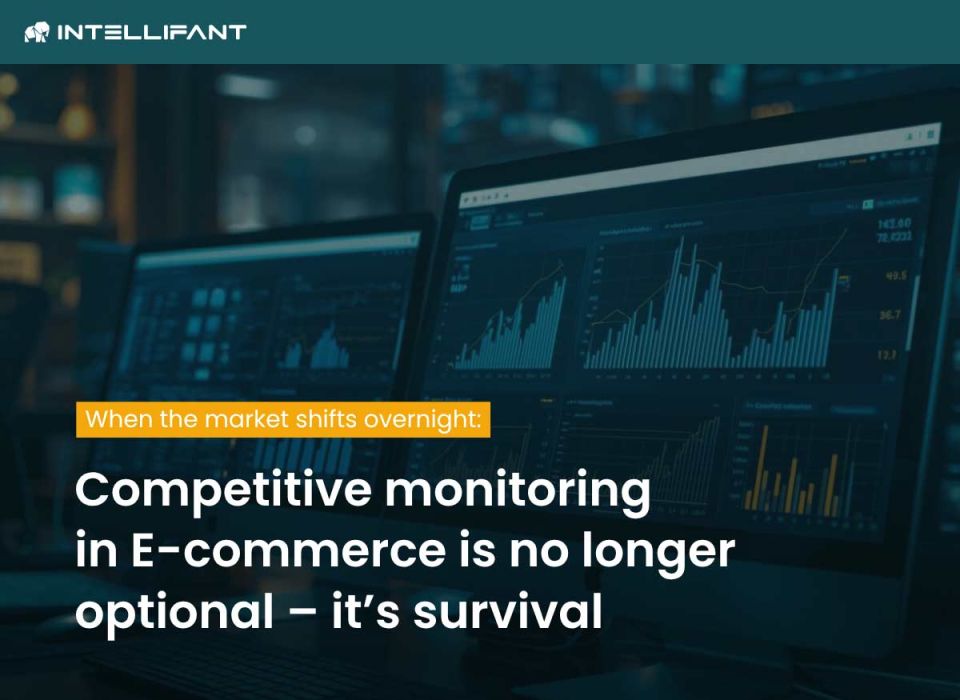Why rigid thresholds fail in e-commerce - and how AI makes better use of time series data
Sales and order data in e-commerce follow certain rhythms: Working days, marketing campaigns, seasonal events and public holidays characterize daily business.
These fluctuations are normal - but not every change remains within limits. In order to recognize deviations at an early stage, it is not enough to simply look at series of figures.
Understanding patterns within the time series data is crucial - as well as the use of modern anomaly detection.
What makes time series data in e-commerce special
Time series data are structured data points that are collected over a certain period of time - such as daily sales figures, incoming orders or return rates.
In e-commerce, they form the basis for trend analyses, forecasts and performance measurements. However, they not only reflect organic developments, but are also heavily influenced by external factors such as seasonal factors, advertising campaigns or events such as natural disasters.
If you don't keep an eye on these dynamics, you run the risk of recognizing critical changes too late.
Why traditional threshold values are not sufficient
Many companies still work with fixed threshold values for monitoring KPIs: If sales fall below a certain value or the conversion rate deviates, the system triggers an alarm.
However, this rigid approach has clear limits. Seasonal trends, weekend patterns or short-term campaign effects naturally change behavior.
In this environment, a static limit value cannot reliably distinguish between normal fluctuations and real problems. The result: false alarms or, even worse, overlooked risks.
Dynamic anomaly detection in time series
Modern AI systems are revolutionizing anomaly detection in time series. They use complex algorithms to recognize patterns over time and evaluate deviations in the respective context.
Instead of fixed rules, the systems learn continuously and adapt to new data patterns. Dynamic models that automatically take into account short-term seasonal factors, event influences or even outliers such as discount campaigns are particularly effective.
This makes the detection of real anomalies much more precise and reliable.
Sales data & pattern recognition in context
A real-life example: an online retailer notices that his sales figures for a popular product suddenly drop dramatically on a working day.
A rigid threshold value system could classify this decline as harmless because it is still within the range of normal fluctuations.
An AI-supported system, on the other hand, uses the pattern to recognize that the decline is unusually sharp compared to similar working days - and triggers an alarm in time.
This means that technical errors, channel problems or marketing errors can be identified and rectified quicker.
Conclusion: More precision through pattern understanding
Anomaly detection in time series data offers e-commerce companies the opportunity to recognize risks at an early stage and take targeted action.
The key difference is not to look at the data in an isolated way, but to understand its patterns. Anomaly detection tools such as INTELLIFANT perform this exact task.
The result: the use of dynamic AI models significantly increases the reaction speed - while at the same time reducing the number of unnecessary false alarms.
Conclusion: If you use time series data intelligently, you can manage your business based on data and remain capable of acting even in dynamic market environments.
#ecommerce #anomalydetection #timedatamanagement #AI #anomalydetection #earlywarningsystem #b2B





